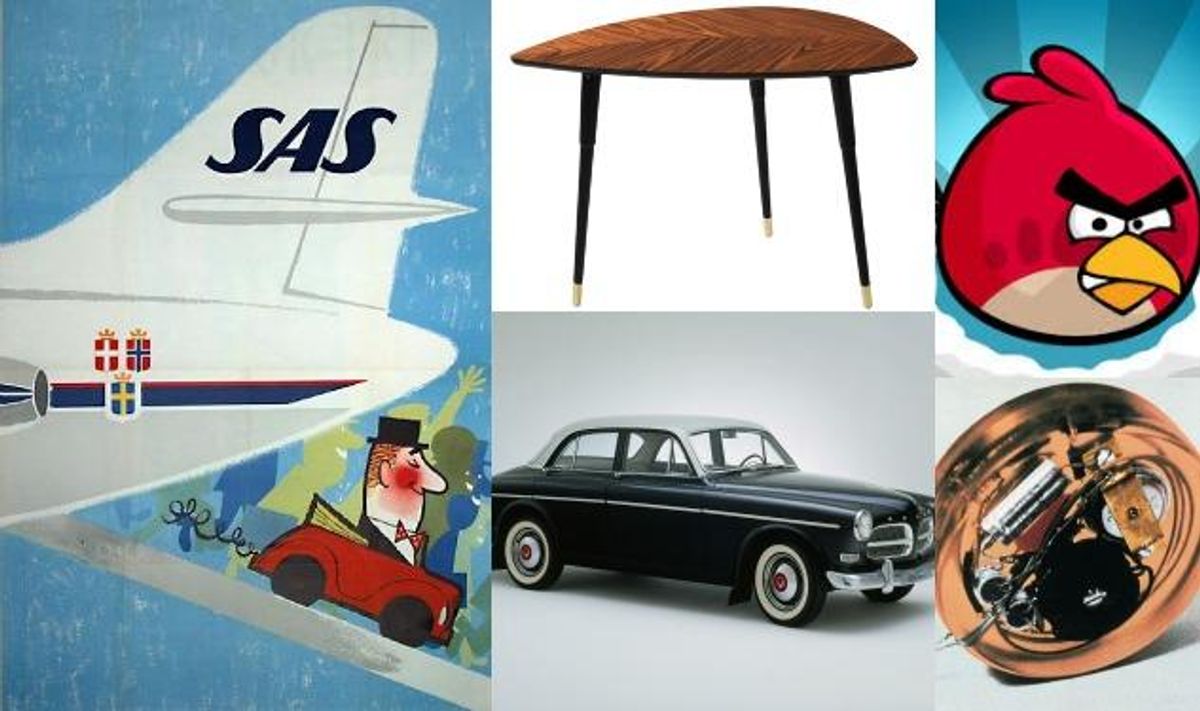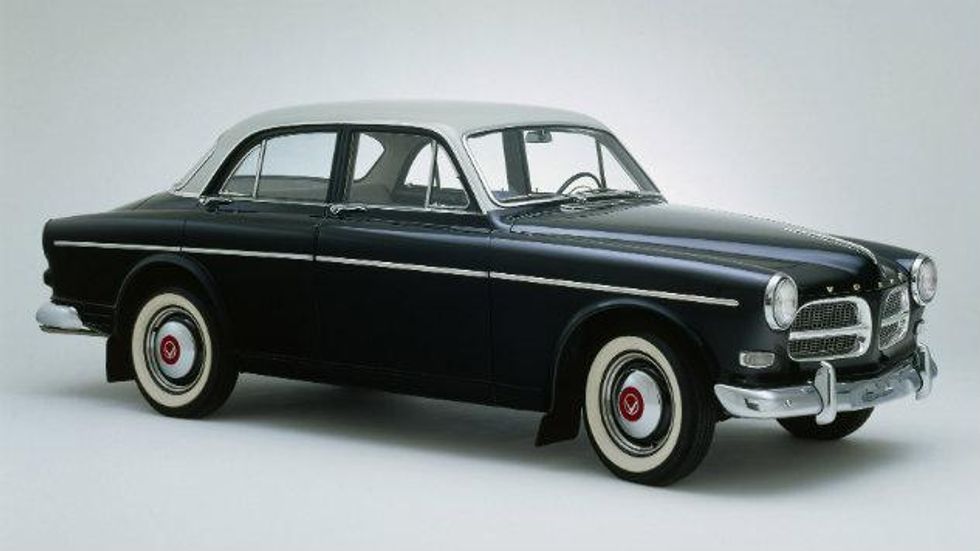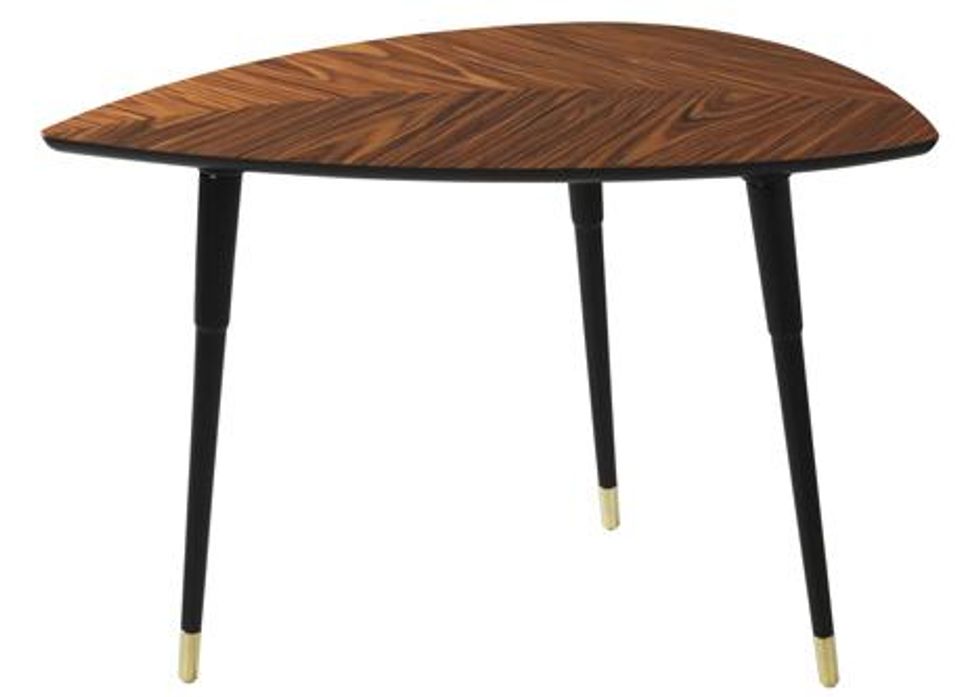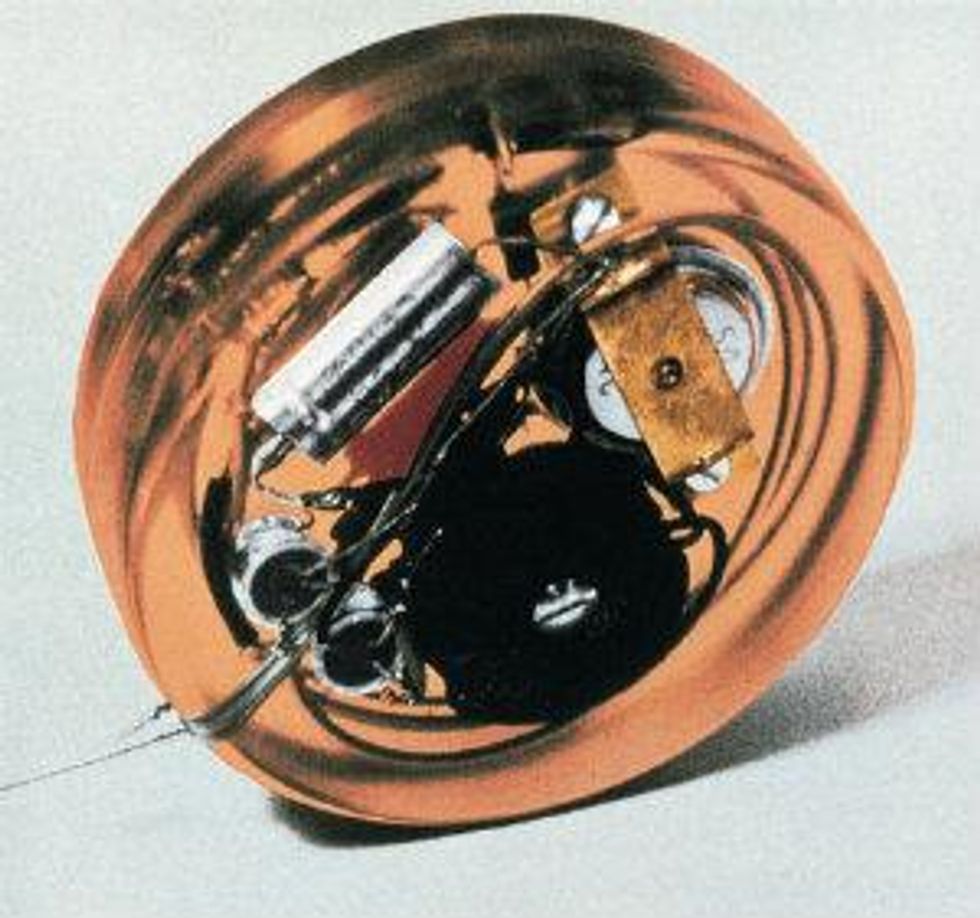Renowned for their superior education systems and overall progressive mindsets, Nordic countries have produced some of the world's most groundbreaking inventions, shifting the basic foundations of daily life in the process. Ingenuity is so celebrated in these northern European locales that they spawned the development of the Nobel Prize. Almost every aspect our lives has been affected by Nordic inventions. Here, we pick out our five favorites. 
Three-point seat belts
Now considered an automotive given, three-point seat belts were game-changing when Volvo first introduced them in 1959. Developed by Swedish engineer Nils Bohlin, the V-shaped safety belts were made standard in the Volvo Amazon (pictured above), thoroughly disrupting the auto industry. Since their introduction more than 50 years ago, they have saved more than 1 million lives. Though the safety belt in and of itself was revolutionary, Volvo's most shockingly forward-thinking idea was to patent the device with an "open patent," thus making the technology available to anyone.

Ready-to-assemble Furniture
Back in 1956, Ikea designer Gillis Lundgren sawed off the legs of his Lovet table so it would fit in his car. What started as a way to get a piece of furniture from A to B would inspire one of the most momentous sea-changes in interior design in the 20th century. Nearly 60 years on, buying furniture has never been the same. Cheap and easy to ship, flatpack furniture has changed the way we furnish, and live in, our homes--mostly for the better (the inevitable screaming match with your partner over which dowel goes where was an unintended side-effect).

First over the pole and around-the-world commercial route
They say that the shortest distance between two points is a straight line. In 1957, SAS put this basic law of geometry into practice by offering the world's first "Over the Pole and around the World" commercial flight. On February 24, 1957, the Guttorm Viking airplane departed Copenhagen bound for Tokyo via Anchorage. Simultaneously, the Reidar Viking left Tokyo for Copenhagen, and at 9:10 p.m., the two planes met over the North Pole. Changing the world of aviation as we know it, the new route cut flight time from Copenhagen to Tokyo from 52 hours to 32. SAS is now the leader in non-stop flights from the US to Scandinavia, even offering routes from San Francisco to Scandinavia.

Angry Birds
Before there was Candy Crush, 2048, and Dots, Angrybirds was the original way to kill time on your phone. Rovio, a small Finnish mobile games company, tasked its designers to come up with a game that fell into the sweet-spot of not being too complex for an iPhone, but not being overly simplistic. One lonely evening in 2009, designer Jaakko Iisalo began sketching out a flock of pudgy, legless, somewhat furious birds. Nearly five years and 2 billion downloads later, Iisalo can lay claim to one of the most prolific and lucrative mobile gaming franchises ever.

Implantable Pacemaker
Though the pacemaker had been around since the 1920s, early models were stationary monstrosities that required needles to be inserted into patients, and were powered by either wall sockets or the use of a spring-wound hand crank. Wearable devices wouldn't be developed until many decades later, but in 1958, it was made possible for pacemakers to be implanted into a patient. Developed by Swedish doctors Rune Elmqvist and Ake Senning, the battery-operated devices changed the course of medical technology, and extended and improved the lives of people across the world. The doctors' first patient, Arne Larsson, would continue to lead an active lifestyle and live to be 86 years old.
























































































